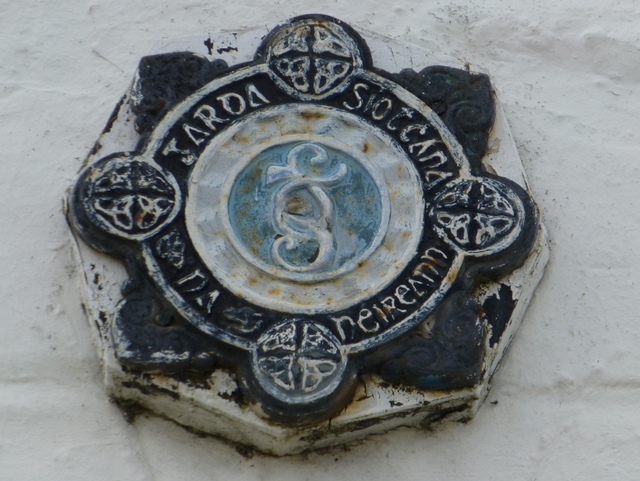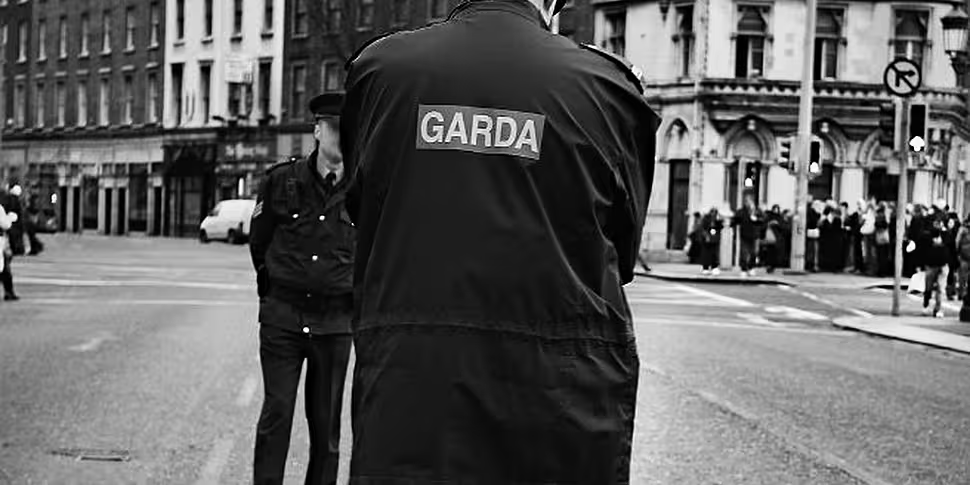In 1816 Robert Peel began his legacy of policing with the sponsoring of an act to create The Peace Preservation Force while Chief Secretary for Ireland. This act, and the resulting rudimentary police force it created, paved the way for the establishment of the County Constabulary in 1822 and the sea of police reform that followed. Probably the most important change to this force came in 1936 when the Dublin Metropolitan Police was formed and the regional County Constabularies were centralised into the Irish Constabulary, with the Royal added 32 years later.
For the rest of the 19th century and into the 20th these Bobbies and Peelers policed Ireland. The onset of the War of Independence spelled the end for these forces, however, as neither could expect to survive in an independent Ireland. When the Free State was declared in 1922 the RIC were disbanded and the new Civic Guard, later renamed Garda Síochána na hÉireann, was formed. In 1925 the last vestiges of the British policing system were ended as the DMP was subsumed into the ranks of the Gardai.
The legacy of Victorian policing remained, however, as the new Garda force adopted the Peelian Principles of policing by consent. Though questions were raised about the viability of an unarmed police force the conduct of the Gardai and the DMP during the Civil War dispelled these doubts. The force was even effectively investigating crimes and offences in Cork, the heart of the ‘Munster Republic’, by the end of 1922.
Despite a general acceptance of this new police force they still faced a great deal of hostility from some elements of society during the Civil War. This was especially true of the plain-clothed Criminal Investigations Department who were tasked with tackling the anti-treaty forces. Conflict raged between this unit and the IRA for the duration of the Civil War, with violence being used a tool by both sides. When peace finally prevailed in the summer of ’23 it was obvious that there was no place for the CID in peacetime and the unit was disbanded in October that year. New recruits march past the GPO during the Tóstal celebrations in 1954, Alison Cassidy
New recruits march past the GPO during the Tóstal celebrations in 1954, Alison Cassidy
The Civic Guard and DMP persisted though and soon were a welcome staple and necessity in life around the island. This almost wasn’t the case, however, when the force mutinied in 1922. Despite the ongoing war the decision was made to disarm the force. The removal of the gun along with attempts to separate politics from policing, and vice versa, was instrumental in having the new Civic Guard accepted in Ireland. The first Garda Commissioner, Michael Steins, summarised on leaving office that ‘The Garda Síochána will succeed not by force of arms but on their moral authority as servants of the Irish people’.
The unarmed Garda soon became a central figure in Irish communities. Though their first role was as keeper of the peace many took on other roles, often as boxers or trainers. The most famous of these was unquestioningly James ‘Lugs’ Branigan. A boxer and policeman of note Branigan has become a part of the social history of Ireland, and specifically Dublin. In the 1930s and ‘40s Dublin, especially the inner-city, was home to serious gang activity.
These so-called Animal Gangs were indicative of an Ireland that was suffering the economic hardships of an unviable protectionist strategy and a trade war with Britain. Comprised mainly of young disaffected men from the underdeveloped inner-city these roving gangs were sometimes protectors and oftentimes parasites on their communities. The common denominator amongst these men was violence and it was to violence that Branigan, and many of his contemporaries, turned to resolve this gang problem.
By the 40s much of this gang activity had died down thanks in part to the policing efforts of Branigan and his cohorts as well as the opportunities for work offered by the Second World War. This conflict also gave the Gardai a new focus as they were forced to deal with the hazards and tasks of war as well as the IRA’s new Northern Campaign. The ending of the Animal Gangs didn’t stop the dispensing of justice through policemen’s fists though.
 Garda patrol car of of Henry Byrne and John Morley by Gravesendian, 1980 (cropped)
Garda patrol car of of Henry Byrne and John Morley by Gravesendian, 1980 (cropped)
In 1963 Branigan was promoted to sergeant and put in charge of a mobile riot squad unit. This so-called ‘Brano Five Team’ became a mainstay of Dublin’s nightlife, disrupting disturbances with brutal efficiency. A totem of this brand of tough justice policing Branigan was celebrated, and criticised, by many for his actions and behaviour. Since his retirement in 1973 many have lamented the loss of Branigan and his breed of tough peace, while others have celebrated the removal of violence from justice.
Branigan’s retirement also coincided with the rise of organised crime in Ireland and the resurgence of the IRA during the Troubles. Drugs had been a minor issue in Ireland before the ‘70s, with students in Dublin being the main users. Similarly the world of organised crime had been largely limited to the declining IRA. This all started to change as heroin began to arrive in Ireland en masse toward the end of the ‘70s. For the first time in the island’s history there was a viable drug market to be exploited, which naturally saw the emergence of criminal groups vying for control of this lucrative market.
As time progressed and Dublin’s drug problem worsened the Gardai were forced to adapt to the changing criminal landscape. For most this entailed learning on the job as they tackled drug distribution on the street and at the source. Despite the efforts of the Gardai and local communities heroin use continued to escalate and levels of violence along with it. This resulted in massive reform in the ‘90s with the formation of the Garda National Drug Unit and, following the assassination of Veronica Guerin, the Criminal Assets Bureau.
The sale and supply of drugs in Ireland along with the gang violence that it generates continues to be an issue for Ireland. In November 2005 the Garda Organised Crime Unit was formed. These varied branches of law enforcement, in conjunction with civic movements, continue to tackle drug use in Ireland and the crime that goes along with it.
 Badge of Garda Síochána na hÉireann
Badge of Garda Síochána na hÉireann
Patrick talks with a panel of experts about the history of Garda Síochána na hÉireann. Join us as we look at the evolution of this force over the past 90 years. How has the role and training of the average Garda changed since 1922? What have been the forces’ greatest achievements? And what have been its greatest failings?
Patrick also talks with Jason Webster about his latest book 'The Spy with 29 Names: The story of the Second World War's most audacious double agent'. A full list of 'Talking History' book recommendations can be found here.









